Membrane Transporter/Ion Channel
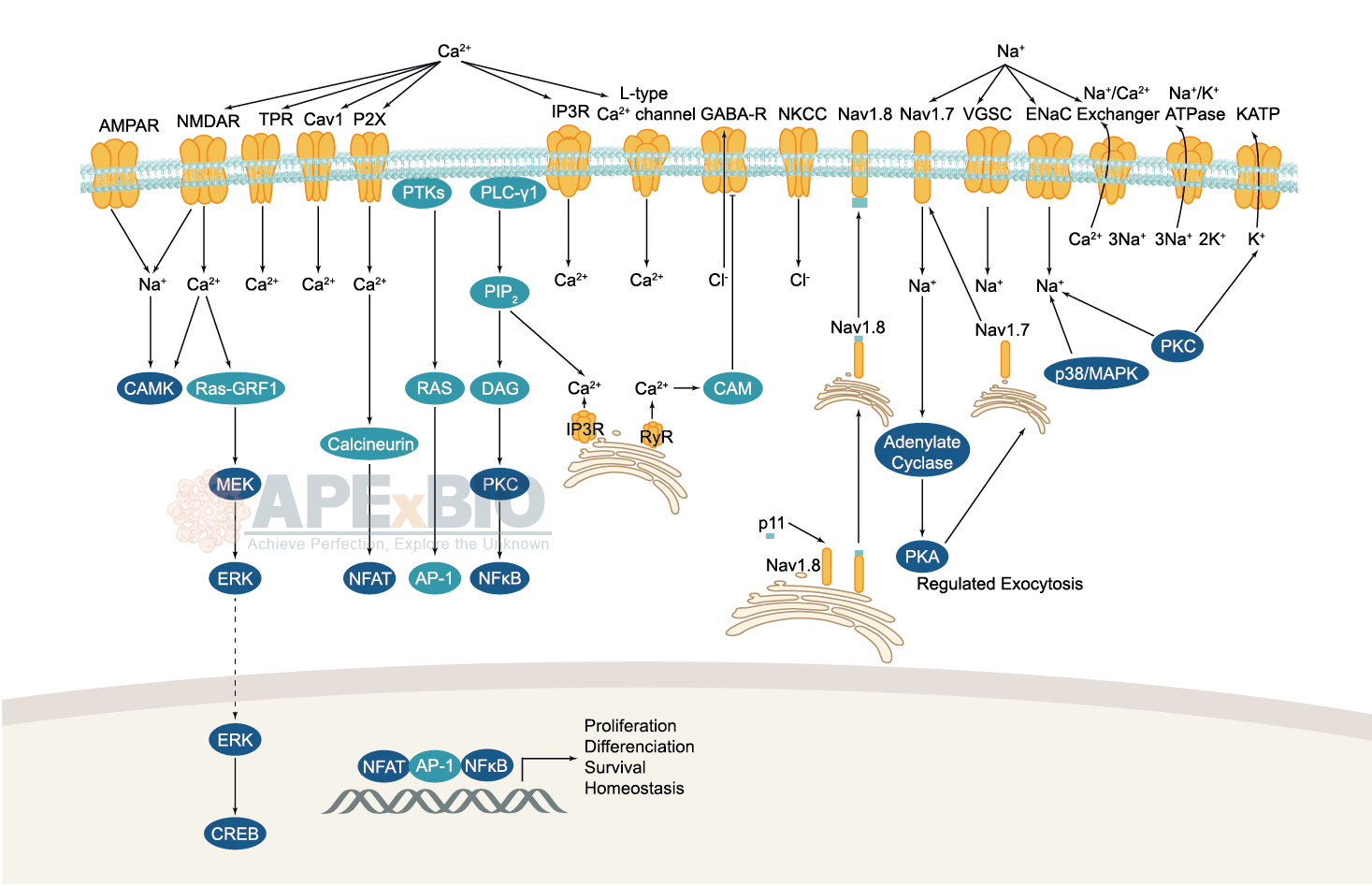

Membrane Transporters mediate the movement of ions and molecules via binding and moving the substance across the membrane. There are two main actions of transporter: facilitated diffusion (passive transport) and active transport. Membrane transporters which bind the hydrolysis of ATP to the transport of target molecules are referred to as ATPases. For instance, Na+,K+-ATPases or Na+,K+-pumps are responsible for the transport of Na+ out of and K+ into cells.
Ion channels are pore-forming membrane proteins which allow the flow of ions across the membrane. The ion channels can be broadly grouped into six families including calcium channels, chloride channels, potassium channels, sodium channels, gap junction proteins and porins. Not all ion channels are gated, such as certain type of K+ and Cl– channels, transient receptor potential superfamily of cation channels, the ryanodine receptors and the IP3 receptors, but most Na+, K+, Ca2+ and some Cl– channels are all gated by voltage. Ligand-gated channels are regulated in response to ligand binding (e.g. neurotransmitters signaling). These ligand-gated neurotransmitter receptors are known as ionotropic receptors. Various neurotransmitters couple to ionotropic receptors such as glutamate, acetylcholine, glycine, GABA, and serotonin.
-
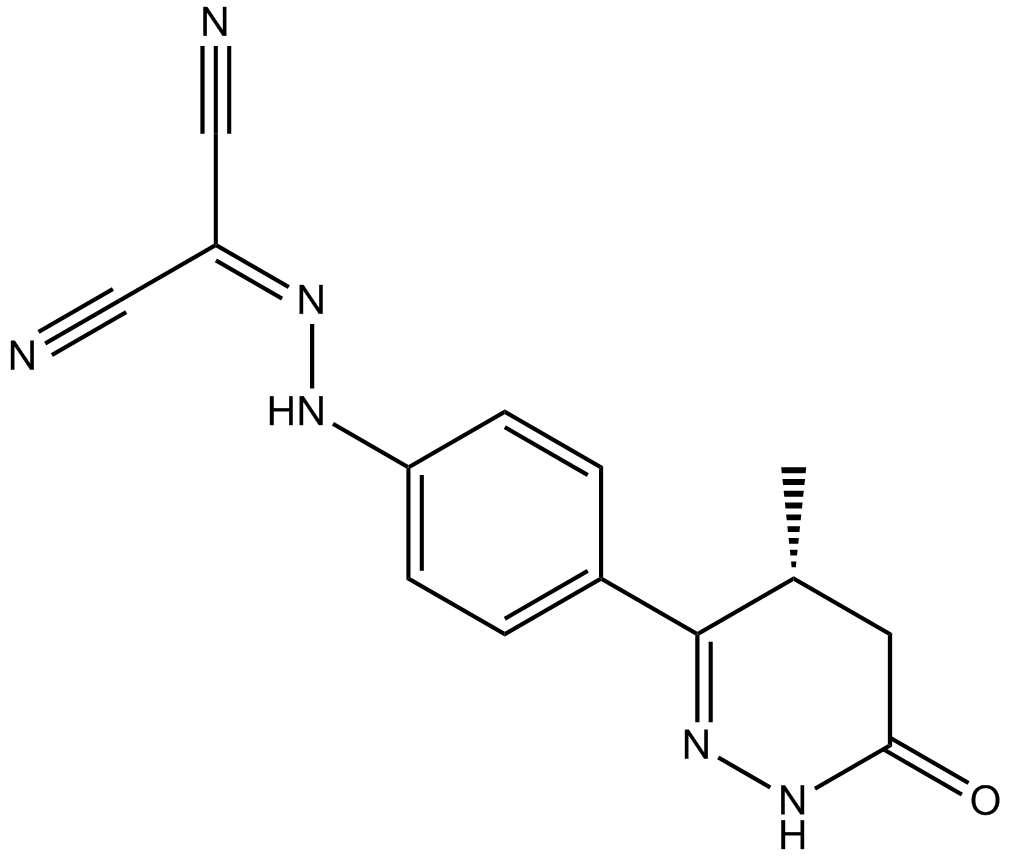 B1961 LevosimendanTarget: troponinSummary: calcium sensitiser
B1961 LevosimendanTarget: troponinSummary: calcium sensitiser -
 B1782 Lomerizine HClSummary: Calcium channel inhibitor
B1782 Lomerizine HClSummary: Calcium channel inhibitor -
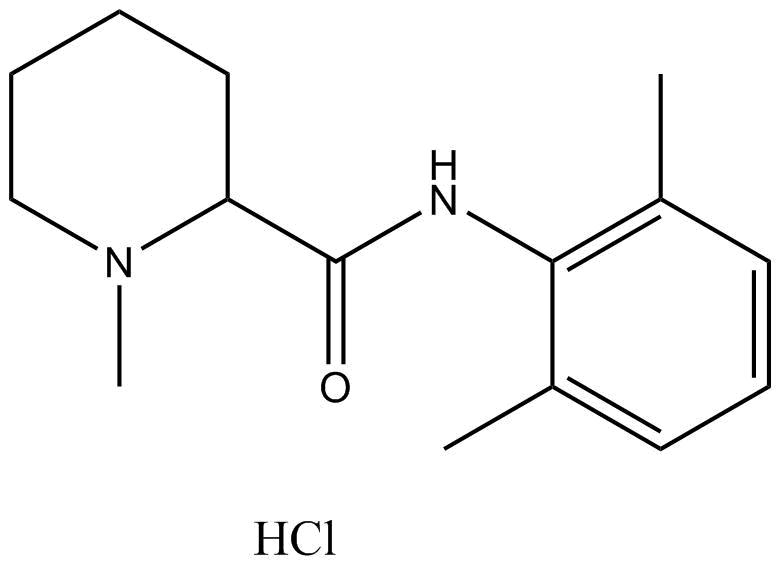 B1967 Mepivacaine HClSummary: local anesthetic
B1967 Mepivacaine HClSummary: local anesthetic -
 B2199 ML133 HClSummary: Potassium channel inhibitor for Kir2.1
B2199 ML133 HClSummary: Potassium channel inhibitor for Kir2.1 -
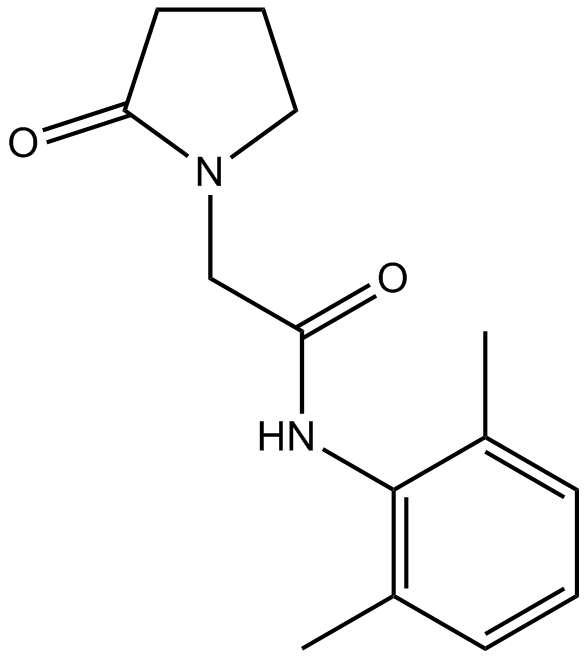 B1532 NefiracetamSummary: GABA receptor activator
B1532 NefiracetamSummary: GABA receptor activator -
 B1798 Nicardipine HClSummary: Calcium channel inhibitor
B1798 Nicardipine HClSummary: Calcium channel inhibitor -
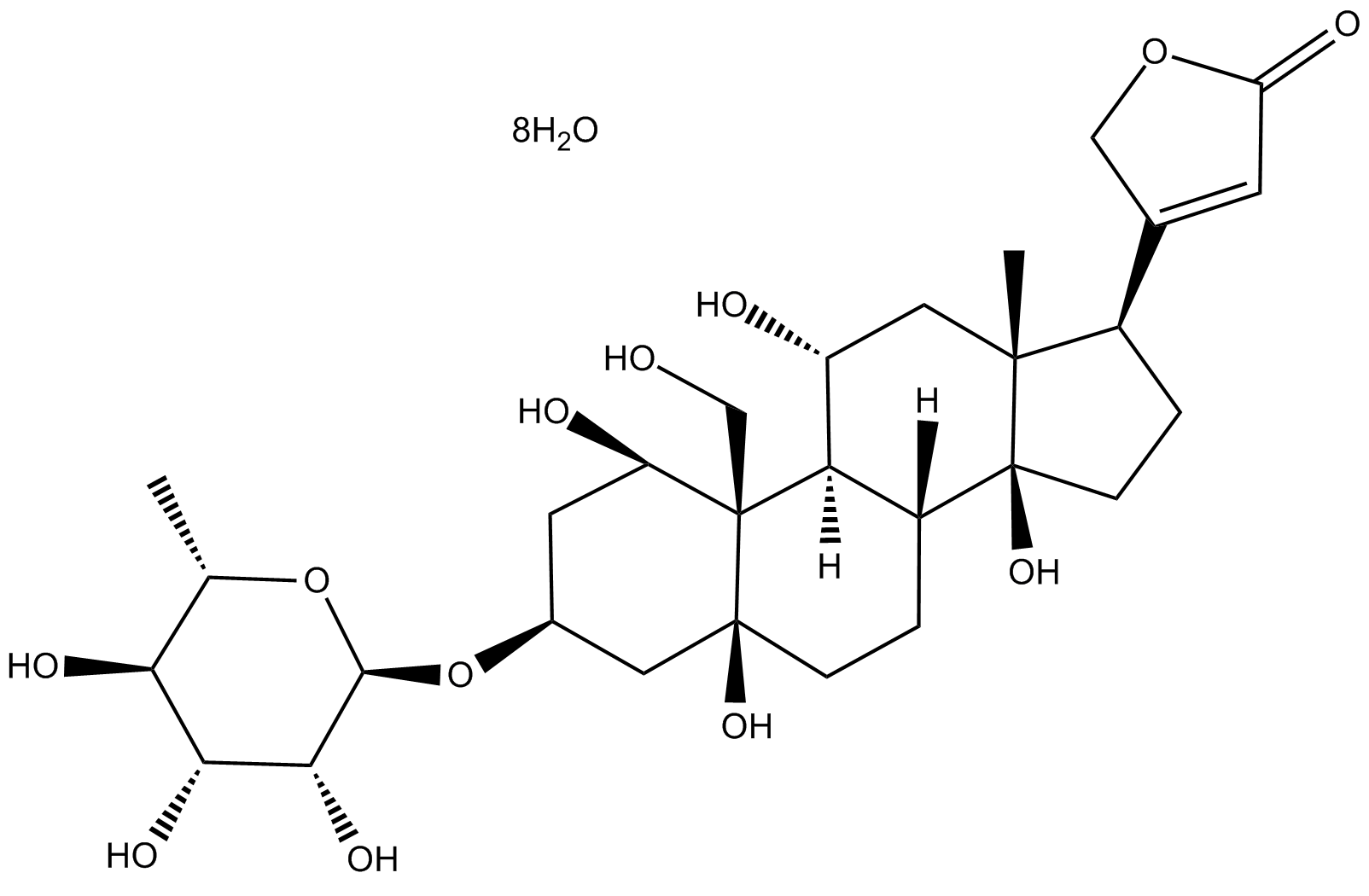 B2270 Ouabain2 CitationSummary: selective Na+/K+-ATPase inhibitor
B2270 Ouabain2 CitationSummary: selective Na+/K+-ATPase inhibitor -
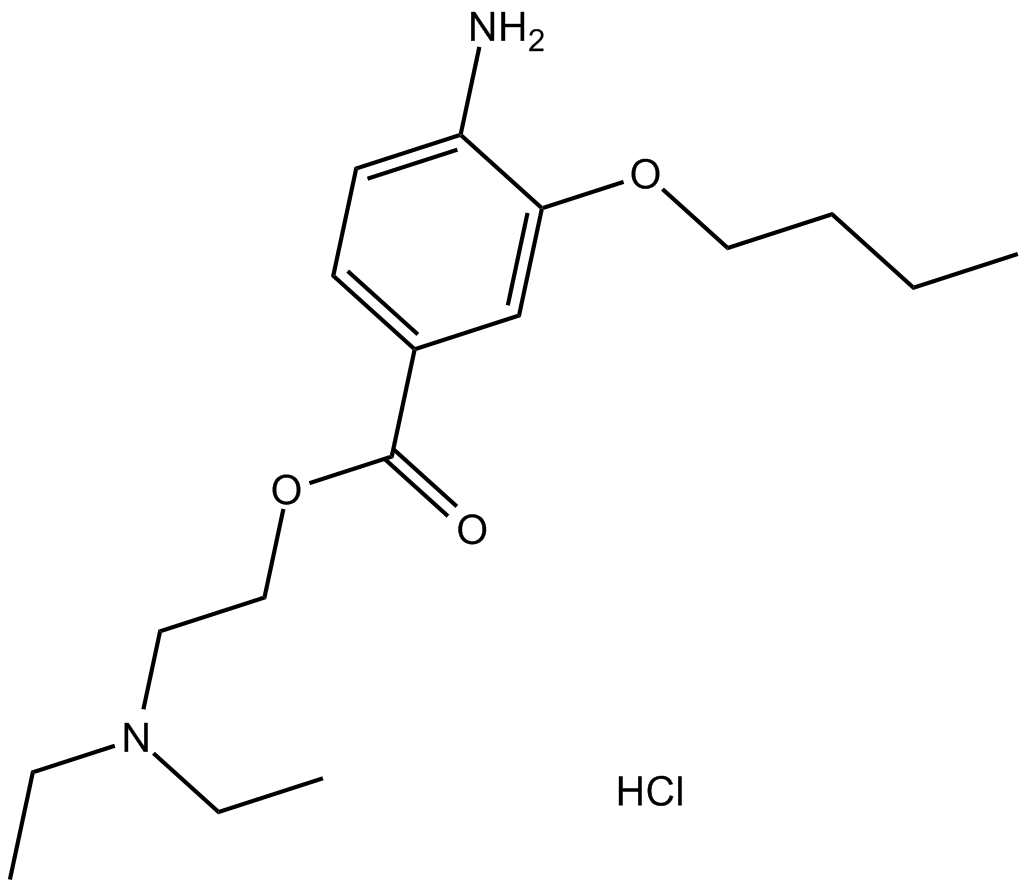 B1805 Oxybuprocaine HClSummary: Local anesthetic
B1805 Oxybuprocaine HClSummary: Local anesthetic -
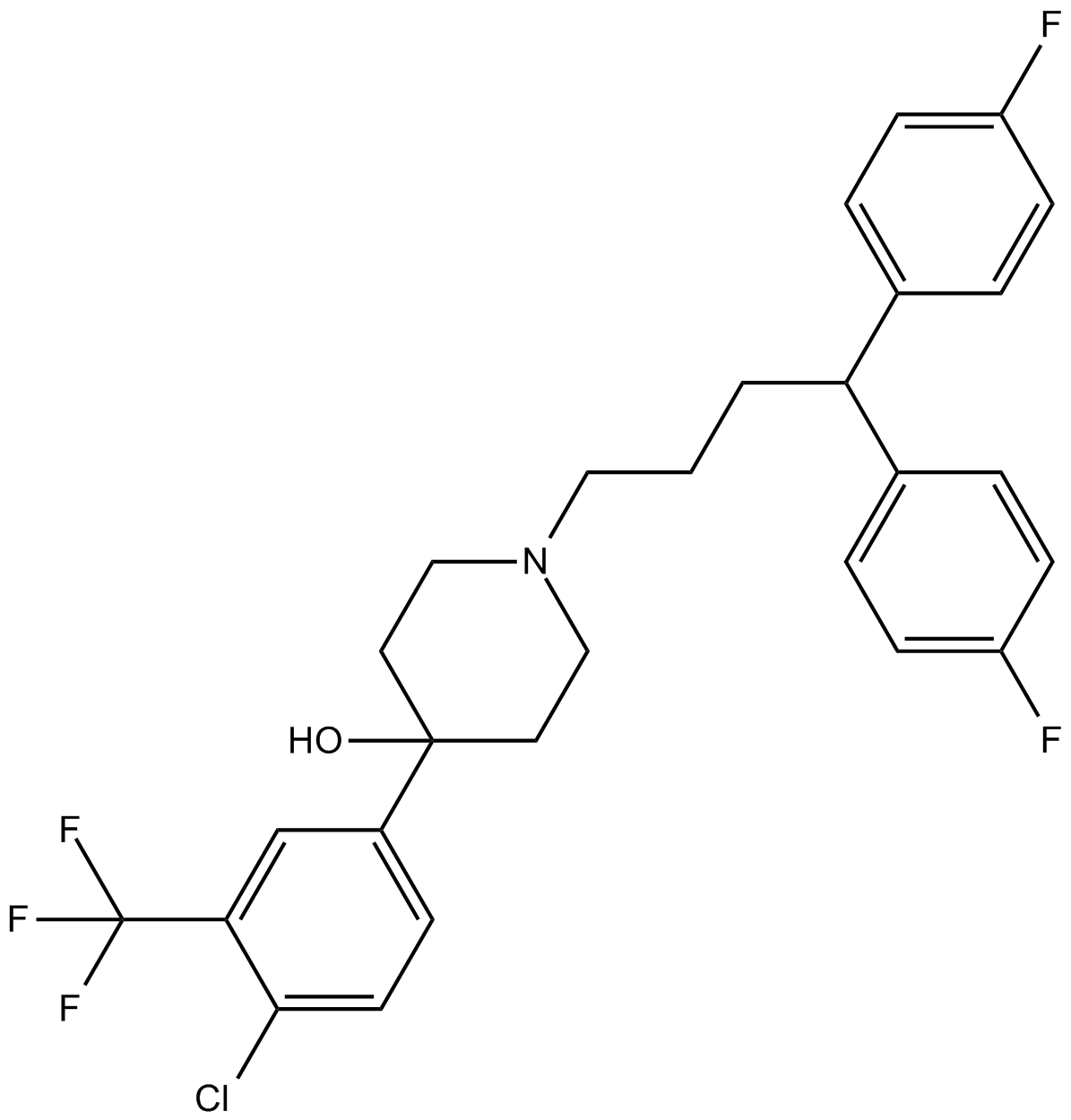 B1810 PenfluridolTarget: Voltage-gated Calcium Channels (CaV)Summary: Dopamine receptor antagonist
B1810 PenfluridolTarget: Voltage-gated Calcium Channels (CaV)Summary: Dopamine receptor antagonist -
 B1812 Phenazopyridine HClSummary: Local analgesic
B1812 Phenazopyridine HClSummary: Local analgesic


